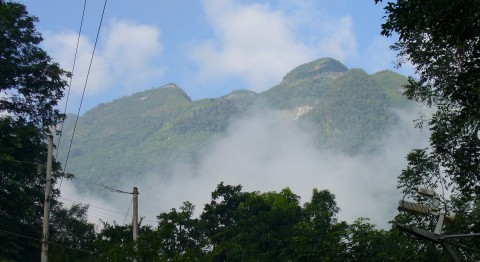 Memorial Day marked the fourth anniversary of my arrival in the state of Georgia, and it was also four years ago that I began learning the Korean language. Although I’ve learned a lot, I know that I could be much farther along in the language if I had applied myself during those four years.
Memorial Day marked the fourth anniversary of my arrival in the state of Georgia, and it was also four years ago that I began learning the Korean language. Although I’ve learned a lot, I know that I could be much farther along in the language if I had applied myself during those four years.
Language learning is tricky, and often something that you can’t rush. However, you can make significant progress if you make time every day for study and practice, and get some momentum going. And that’s what my goal is for the summer of 2016.
From June 1st through August 31st, I will be intensively learning the Korean language. The well-known Irish polyglot Benny Lewis has done several language missions in which he goes from essentially zero to reasonable fluency in 3 months, so I figure if he can do that, I can definitely go from an intermediate level to fluency in 3 months!
For 79 days (I’m taking Sundays off), I will study and practice Korean for at least two hours every day. I estimate my current level in the language to be A2, and my goal is to reach level B2 (CEFRL).
In the last few months I have become lazy with my language learning, but no more! Too many times I have taken the easy way out and spoken English to Korean people, but from here on out, I am enacting a strict no-English policy when talking to Koreans. Also, I essentially live in the Koreatown of Georgia, but I have not really taken advantage of this opportunity to practice speaking Korean. This summer I’m going to go out of my way to put myself in this immersion environment more often.
I will be making mini missions along the way, to have smaller achievable goals to tackle. I will also try to identify which aspects of the language are giving me trouble, and solve those as quickly as possible.
If you would like to stay updated on my progress during these 3 months, why not follow me on Instagram? I will be posting at least one picture every day to document my language learning adventures.
The first three days of the language mission have been good, and I am excited about the rest of the summer! Now, enough of blogging–I think I hear some flashcards calling my name…
